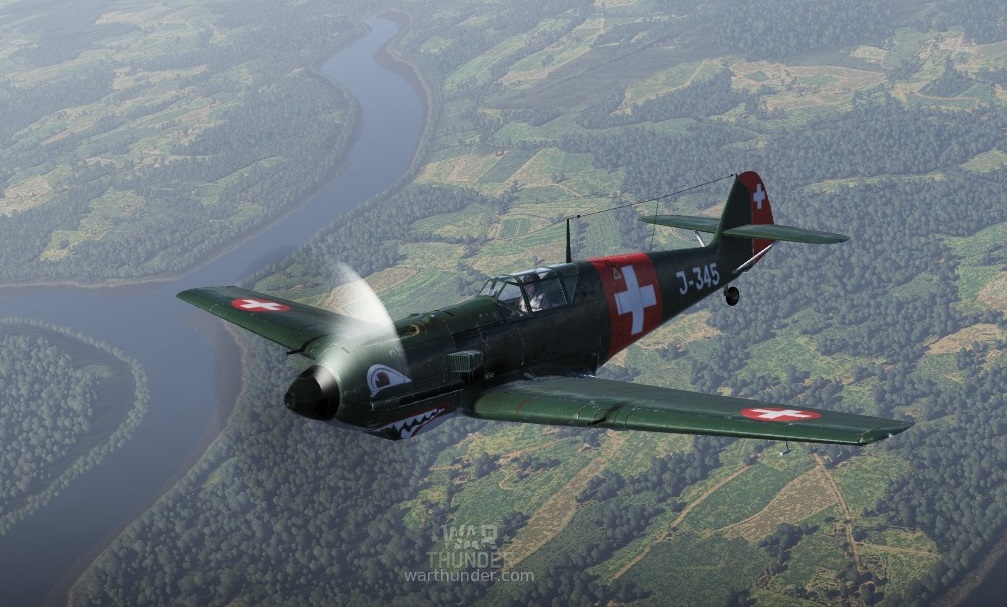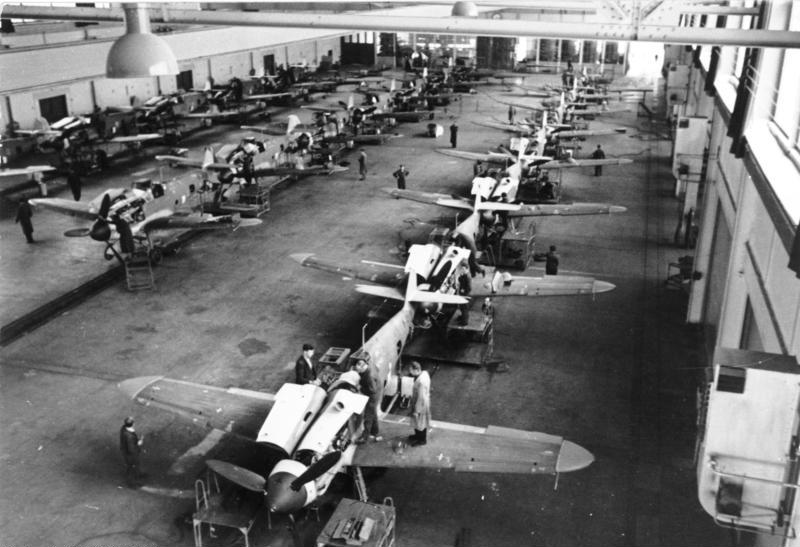
- For PC
- For MAC
- For Linux
- OS: Windows 10 (64 bit)
- Processor: Dual-Core 2.2 GHz
- Memory: 4GB
- Video Card: DirectX 11 level video card: AMD Radeon 77XX / NVIDIA GeForce GTX 660. The minimum supported resolution for the game is 720p.
- Network: Broadband Internet connection
- Hard Drive: 23.1 GB (Minimal client)
- OS: Windows 10/11 (64 bit)
- Processor: Intel Core i5 or Ryzen 5 3600 and better
- Memory: 16 GB and more
- Video Card: DirectX 11 level video card or higher and drivers: Nvidia GeForce 1060 and higher, Radeon RX 570 and higher
- Network: Broadband Internet connection
- Hard Drive: 75.9 GB (Full client)
- OS: Mac OS Big Sur 11.0 or newer
- Processor: Core i5, minimum 2.2GHz (Intel Xeon is not supported)
- Memory: 6 GB
- Video Card: Intel Iris Pro 5200 (Mac), or analog from AMD/Nvidia for Mac. Minimum supported resolution for the game is 720p with Metal support.
- Network: Broadband Internet connection
- Hard Drive: 22.1 GB (Minimal client)
- OS: Mac OS Big Sur 11.0 or newer
- Processor: Core i7 (Intel Xeon is not supported)
- Memory: 8 GB
- Video Card: Radeon Vega II or higher with Metal support.
- Network: Broadband Internet connection
- Hard Drive: 62.2 GB (Full client)
- OS: Most modern 64bit Linux distributions
- Processor: Dual-Core 2.4 GHz
- Memory: 4 GB
- Video Card: NVIDIA 660 with latest proprietary drivers (not older than 6 months) / similar AMD with latest proprietary drivers (not older than 6 months; the minimum supported resolution for the game is 720p) with Vulkan support.
- Network: Broadband Internet connection
- Hard Drive: 22.1 GB (Minimal client)
- OS: Ubuntu 20.04 64bit
- Processor: Intel Core i7
- Memory: 16 GB
- Video Card: NVIDIA 1060 with latest proprietary drivers (not older than 6 months) / similar AMD (Radeon RX 570) with latest proprietary drivers (not older than 6 months) with Vulkan support.
- Network: Broadband Internet connection
- Hard Drive: 62.2 GB (Full client)

15:00 GMT on the 28th of May 2014 till 15:00 GMT on the 30th of May 2014
The Arcade Event "Messerschmitt Duels"
.jpg) Decimated by the terms of the Treaty of Versailles, the German military entered the 1930s with a burning desire to return to their former place as world leaders. The treaty had prohibited Germany from any military air power, forcing German aviation to develop only in gliding schools, with light training aircraft and as secret endeavors away from the prying eyes of Britain, France and the United States. However, after Hitler’s rise to power preparations were made for the new Luftwaffe and with it came the requirement for fighter aircraft.
Decimated by the terms of the Treaty of Versailles, the German military entered the 1930s with a burning desire to return to their former place as world leaders. The treaty had prohibited Germany from any military air power, forcing German aviation to develop only in gliding schools, with light training aircraft and as secret endeavors away from the prying eyes of Britain, France and the United States. However, after Hitler’s rise to power preparations were made for the new Luftwaffe and with it came the requirement for fighter aircraft.
Germany’s first interwar fighters were similar to those of other nations: biplanes with fixed undercarriages. However, pioneering German designer Willy Messerschmitt had already set about work on the advanced touring monoplane, the Messerschmitt 108, when the call came in 1934 for designs for a new fighter. Arado, Focke-Wulf and Heinkel were considered to be the favourites to win the contract but Messerschmitt entered the race nonetheless. Far from confident of winning the contract, Willy Messerschmitt viewed his new project as a means of incorporating as many modern design features as possible into one aircraft. This included a low, monoplane wing with retractable undercarriage and an enclosed cockpit. Work began in March 1934 and by autumn the Junkers Jumo 210 engine was selected for the new fighter – designated ‘Bf109’ by the Reichsluftfahrtminiserium. However, the engine’s completion was delayed and so the first prototype, the Bf109 V1, was fitted with a British Rolls-Royce Kestrel engine.
 In late May 1935 test pilot Hans-Dietrich ‘Bubi’ Knotsch took to the skies in the first of the legendary series of Messerschmitt fighters, lifting from the runway at Augsburg-Haunstetten in Bavaria. The competition was now on. Willy Messerschmitt’s fighter had been designed around a relatively small wing which gave his aircraft a considerable advantage in maneuverability when compared to the rival Heinkel He 112 V1. The Bf109 was also faster. Already, at this early stage, designs from Arado and Focke-Wulf were being left behind in the wake of the two serious contenders from Messerschmitt and Heinkel.
In late May 1935 test pilot Hans-Dietrich ‘Bubi’ Knotsch took to the skies in the first of the legendary series of Messerschmitt fighters, lifting from the runway at Augsburg-Haunstetten in Bavaria. The competition was now on. Willy Messerschmitt’s fighter had been designed around a relatively small wing which gave his aircraft a considerable advantage in maneuverability when compared to the rival Heinkel He 112 V1. The Bf109 was also faster. Already, at this early stage, designs from Arado and Focke-Wulf were being left behind in the wake of the two serious contenders from Messerschmitt and Heinkel.
After the Junkers Jumo 210 engine was finally available, the next prototype was prepared. The Bf109 V2 joined the flight trials in January 1936, with the new engine and machine guns fitted to the upper cowling. However, the competition was far from won and even though the Bf109 had the agility and speed, the He 112 was favoured due to its superior takeoff and landing characteristics, its robust airframe, better visibility and notably smaller price tag.
However, after demonstrations of Willy Messerschmitt’s masterpiece there could be only one winner. In March 1936 the Bf109 was ordered into production, and dazzled the public in its first overt appearance during the 1936 Berlin Olympics. Its combat debut in the war torn skies over Spain was now only weeks away.
The War Thunder Team
Swiss Air Force Messerschmitt Bf-109 E-3 - J-345 Community Skin Used in screenshot by NOA_



